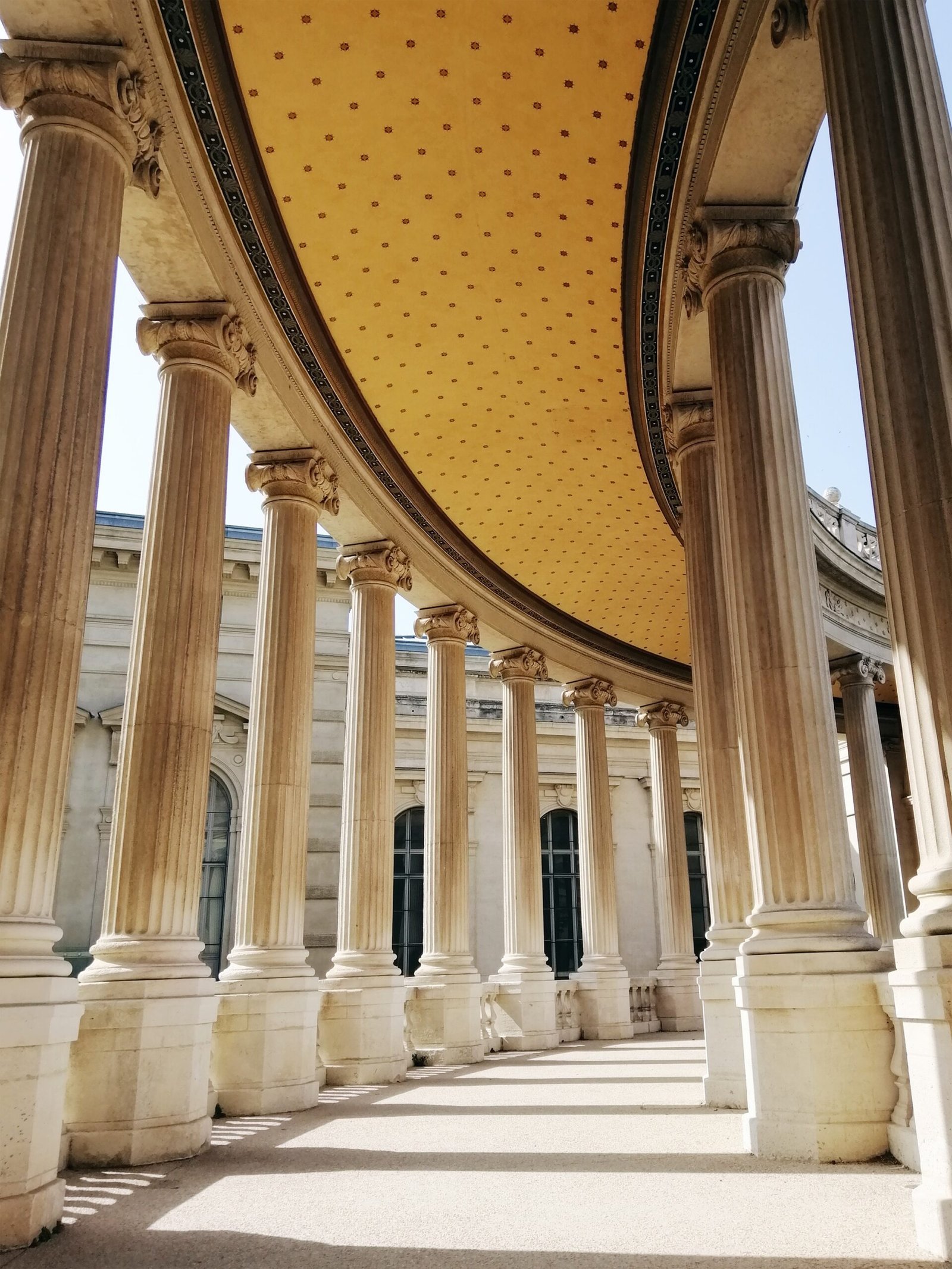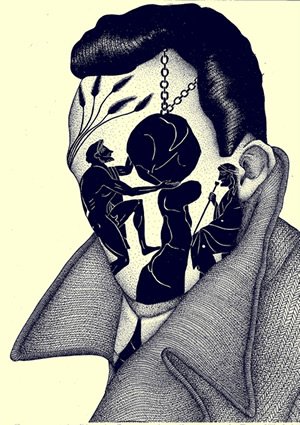The Metropolitan Museum of Art, often simply referred to as The Met, stands as one of the world’s premier cultural institutions. However, behind its majestic façade and illustrious collections lies a story of internal challenges and attempts at transformation. In recent years, The Met has been embroiled in controversies ranging from financial mismanagement to cultural insensitivity. Yet, amidst these trials, the institution has embarked on a journey of self-reflection and reform. This article delves into the complexities of The Met’s internal struggles, exploring its efforts to address longstanding issues and redefine its role in the contemporary cultural landscape.
Challenges of the Past: The Met’s history is not without its share of challenges. From financial woes to leadership controversies, the institution has weathered numerous storms over the years. In 2017, The Met faced a significant deficit and underwent a series of budget cuts and staff layoffs in response to financial mismanagement. Moreover, allegations of workplace harassment and discrimination tarnished the museum’s reputation, prompting calls for accountability and reform within its ranks.
Cultural Sensitivity and Representation: Another pressing issue facing The Met is the need for greater cultural sensitivity and representation. Critics have pointed to the museum’s colonial legacy and Eurocentric bias, arguing that it fails to adequately showcase diverse voices and perspectives. In recent years, The Met has made efforts to address these concerns by diversifying its collections and programming, with a renewed focus on underrepresented artists and cultures. However, the institution continues to grapple with questions of inclusivity and decolonization in its exhibition practices.
Leadership and Governance: Central to The Met’s efforts to fix itself is the issue of leadership and governance. In 2018, Max Hollein assumed the role of director, succeeding Thomas P. Campbell, who resigned amid criticism of his handling of the museum’s finances. Under Hollein’s leadership, The Met has sought to restore financial stability and rebuild trust with its stakeholders. Additionally, the museum has implemented reforms aimed at improving transparency, accountability, and ethical conduct among its leadership and staff.
Navigating the Pandemic: The COVID-19 pandemic presented unprecedented challenges for The Met and cultural institutions worldwide. Forced to close its doors to the public, The Met experienced a significant loss in revenue and faced mounting financial pressures. In response, the museum launched emergency fundraising campaigns and implemented cost-saving measures to mitigate the impact of the crisis. Despite these efforts, The Met continues to grapple with the long-term effects of the pandemic on its operations and programming.
Looking to the Future: As The Met strives to fix itself, the road ahead remains uncertain yet filled with potential. The institution must navigate a rapidly changing cultural landscape while staying true to its mission of preserving and promoting art for future generations. Key to this endeavor is fostering a culture of inclusivity, innovation, and accountability within The Met’s walls. By addressing its internal challenges head-on and embracing a spirit of transformation, The Met can continue to inspire and engage audiences for years to come.
The Met’s quest to fix itself is a compelling narrative that speaks to the complexities of cultural stewardship in the 21st century. From financial struggles to questions of representation and governance, the institution faces a myriad of challenges on its path to renewal. Yet, amidst these obstacles, The Met remains a beacon of artistic excellence and cultural heritage, poised to redefine its role in the ever-evolving landscape of global museums. As it embarks on this journey of self-discovery and transformation, The Met invites us all to witness the most fascinating show of all: its own quest for redemption and renewal.








Leave feedback about this